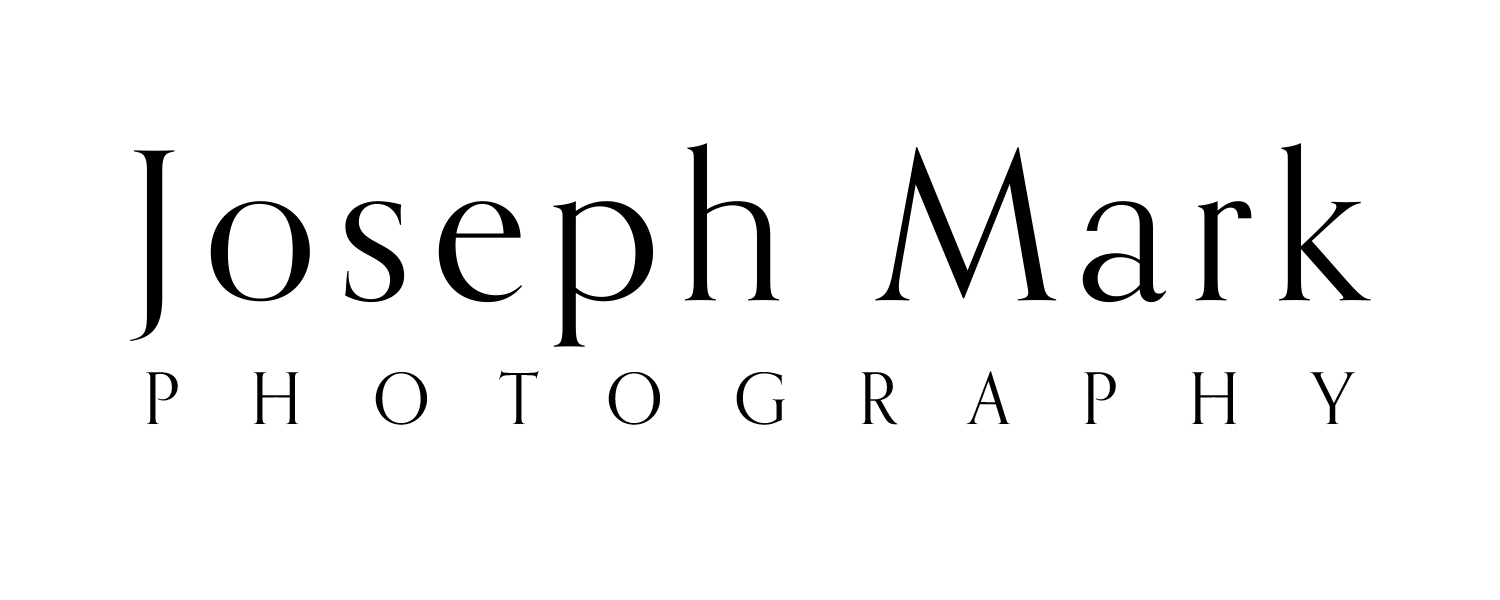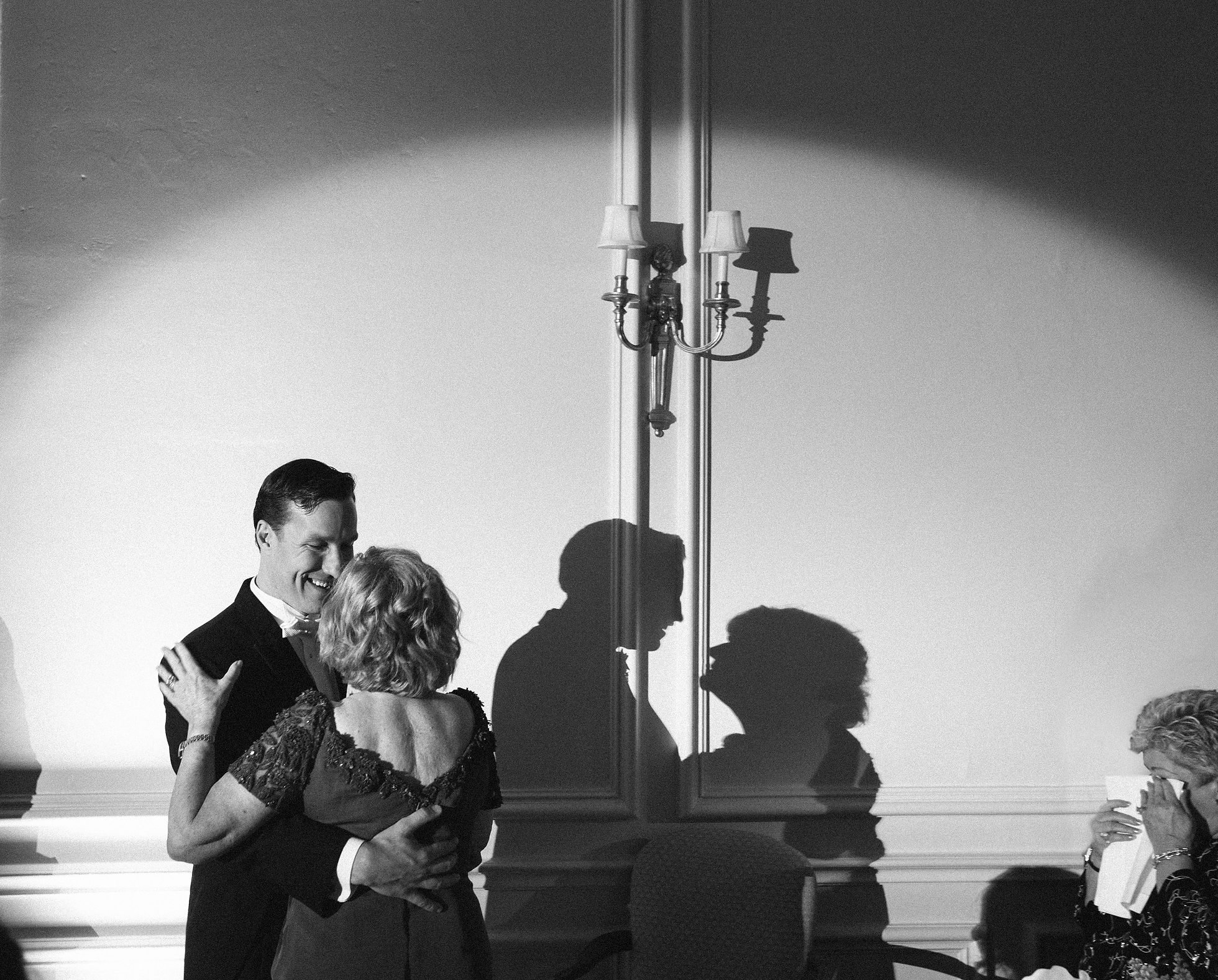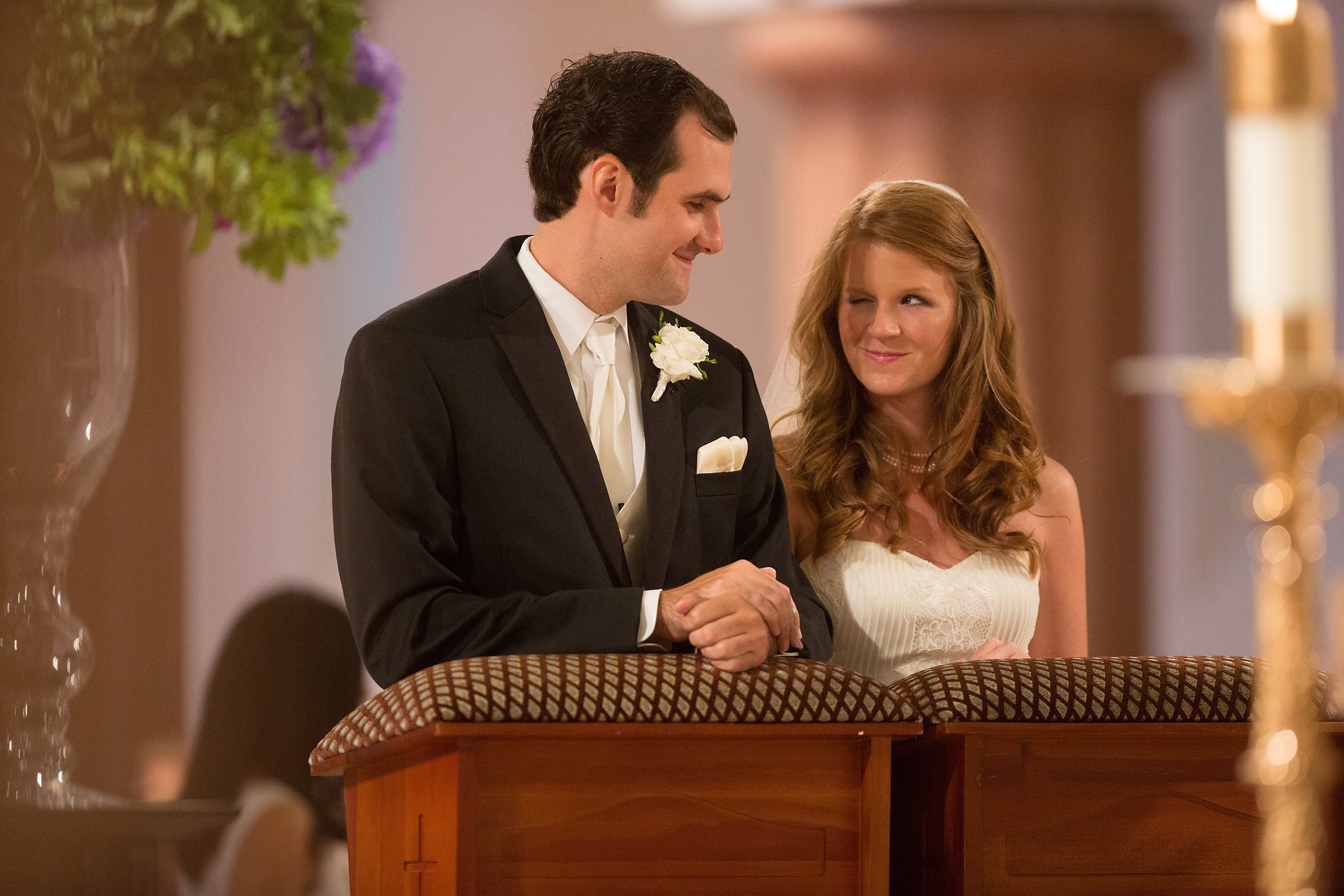Candid vs. Directed Wedding Photography
What does it even make to create authentic images?
Every wedding photographer I know practices both directed and documentary photography during a wedding day but how and when they choose to use both approaches can have a massive impact on both the meaning and look of your photography.
Let’s say you have two seemingly identical images: Image one was created when I told you to hold hands with your mom, to look and one another, hug, and cry. You’re standing by a huge bay window, your dress has been laid out perfectly and I’ve angled you both to look amazing. Snap, snap, snap we’re done and we cross that image off the list and move on to the next in a series of photos pre-visualized in a list with your photographer to get everything captured on the day.
Now let’s imagine a similar moment just before the ceremony when your mom grabs your hands, kisses you with just a few happy tears in her eyes, and whispers in your ear how proud and happy she is to be your mother. At this moment your photographer hasn’t asked for anything but catches those images, no prompting, no repeats, both of you not even knowing. When you get your photographs after the wedding you happen upon that image and the tears come flooding back because you are transported right back to that moment (and it has nothing to do with a list of must-haves or the photographer).
The difference in the way you feel about those two photographs is the difference between directed and documentary photography and why I write “Pretty is not enough” on the homepage of our website.
That’s not saying that directed images aren’t a huge part of wedding photography.
Directed/posed photography has a bunch of huge advantages, simply put: you will almost always be in great light, in a good location, everyone will know when and where to stand, look, and even smile. Additionally, when directing photography every image you want can be checked off a list and the portfolio of work that is created can be incredibly consistent so it’s really easier for both your photographer and you. The key is that these images are in addition to the time and space needed to create authentic documentary work and that they’re images that aren’t trying to fake real moments.
Just to be clear I define documentary/photojournalistic photography as unscripted, spontaneous, and reactive. This approach differs from directed photography in that you and your family/friends are never advised what to do, the photographer lets things happen naturally, and spontaneously and never asks you to repeat or change what you are doing. Your wedding day is recorded as it happened. Scary to some extent right? But is that risk worth the difference in how you feel when reliving your wedding day? Up to you to decide.
Now I know what you might be thinking, why can’t it be both? Can we get some directed images and some photojournalism?
Well over the years of photographing weddings, I do think it can/must be both but we can’t forget that everything we do has an opportunity cost. If you’re busy being directed then natural moments can’t happen so the details of when/how each approach is used are key.
Our solution is to be as light-handed with direction as possible while still giving you the best opportunity to get beautiful images. In the example of you and your mom putting on your dress, we would do things like remind you when you’re supposed to get dressed, make sure there is a space and that the light looks good, and also make sure that your mom/sister/MOH are there if you want them. But beyond that, we would rather not tell you how to put the dress on, who should hold your hands, or when to smile. By drawing that line in terms of direction and leaving you that space the images we create will hopefully preserve the power of photojournalism and you will feel in the moment and not like you’re the center of a day-long photo shoot and an endless list of images.
When you meet/talk with a photographer ask about the approach and what their goals are for your images. Look at their portfolio and try to get a feel for what type of work they love. If you see every bridesmaid perfectly positioned while adjusting the dress in a styled space and everyone’s expressions are smiling looking directly at the action you can guess that was directed. If you see some of the chaos, the tears, a laugh or a cry that isn’t 100 camera ready that’s more likely photojournalism. See what makes them light up and what they love to talk about, then you’ll know if you are aligned in the goals for your own wedding.
Every photographer shoots portraits, 100% directed work that is a huge part of the wedding day. Those images may even have authentic laughter and be slightly “real” (at least that’s part of my goal). Conversely, every photographer also shoots ceremonies where nothing is under their control and those moments are by definition documentary. What I’m talking about here is the in-between, the hours before the wedding, the walk from the bride’s suite to the ceremony, the moments with dad while you wait for the doors to open, a stolen kiss during dinner or the moment you pop out of the getaway car halfway down the block. Those are the moments when we, as photographers, can choose our approach and represent one way we can differentiate our work.
To sum up there is no right answer here, some couples prefer the straightforward forward consistent nature of mostly directed work but others will be drawn to more of a mix between those portraits and true moments captured that show what is real and could never be found on a list. As always, ‘you do you’ but know what you’re signing up for before you miss out on what you really want.
P.S. One more really important thought, the images you see on social media are probably rarely real documentary work. The truth is that powerful emotional moments are so personal that sometimes it feels like to like them is overstepping into a strangers life. That doesn’t mean they’re not a couples favorite images just that they’re images just for them and not the parade of social media. So judge lightly on that front but do a deep dive on real weddings and websites where hopefully you can get a good feeling for style and passion.
P.P.S. Also consider the mistake of hiring a video team that is highly directed and hands-on to pair with a documentary photographer and vice versa because both cannot be done at the same time. A documentary videographer will simply have to roll with all the setup directions of a directive photographer and conversely, a photojournalistic photographer will be stuck with all the setup scenes of a highly directed video. Opportunity cost.
Thanks for reading! Have questions we’re here for you.




